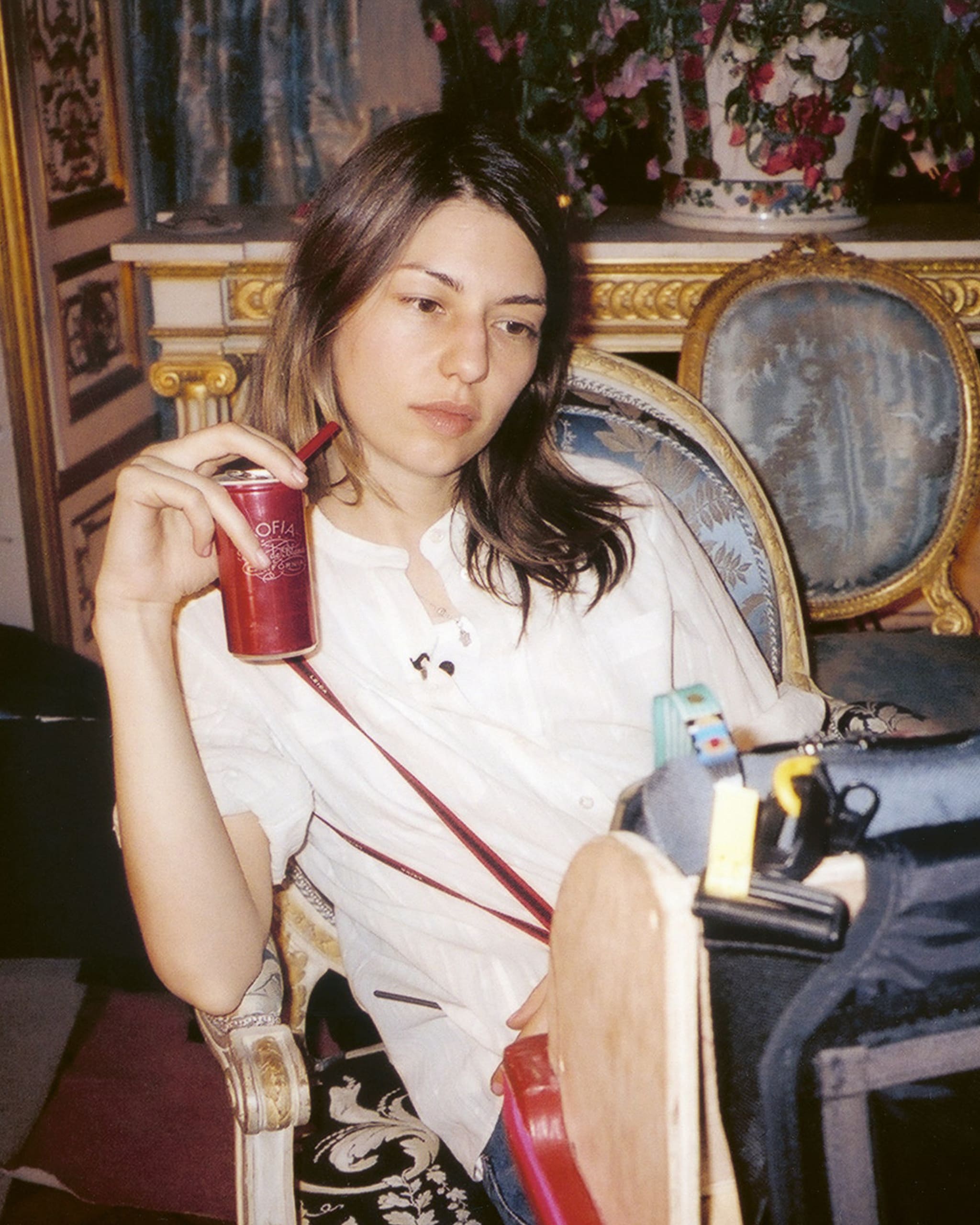Photo: Courtesy of Andrew Durham
Whenever Sofia Coppola wraps a film, she throws all of her memories into a box: script drafts, magazine clippings, Polaroids from costume fittings. Anything that took up space on her desk or got pinned to a bulletin board during filming.
“You accumulate a lot of stuff over the course of making a movie, and when I was younger, it all sorta seemed like junk,” Coppola recently told Vogue over the phone. “I would just throw everything into a corner and never really think about it again.”
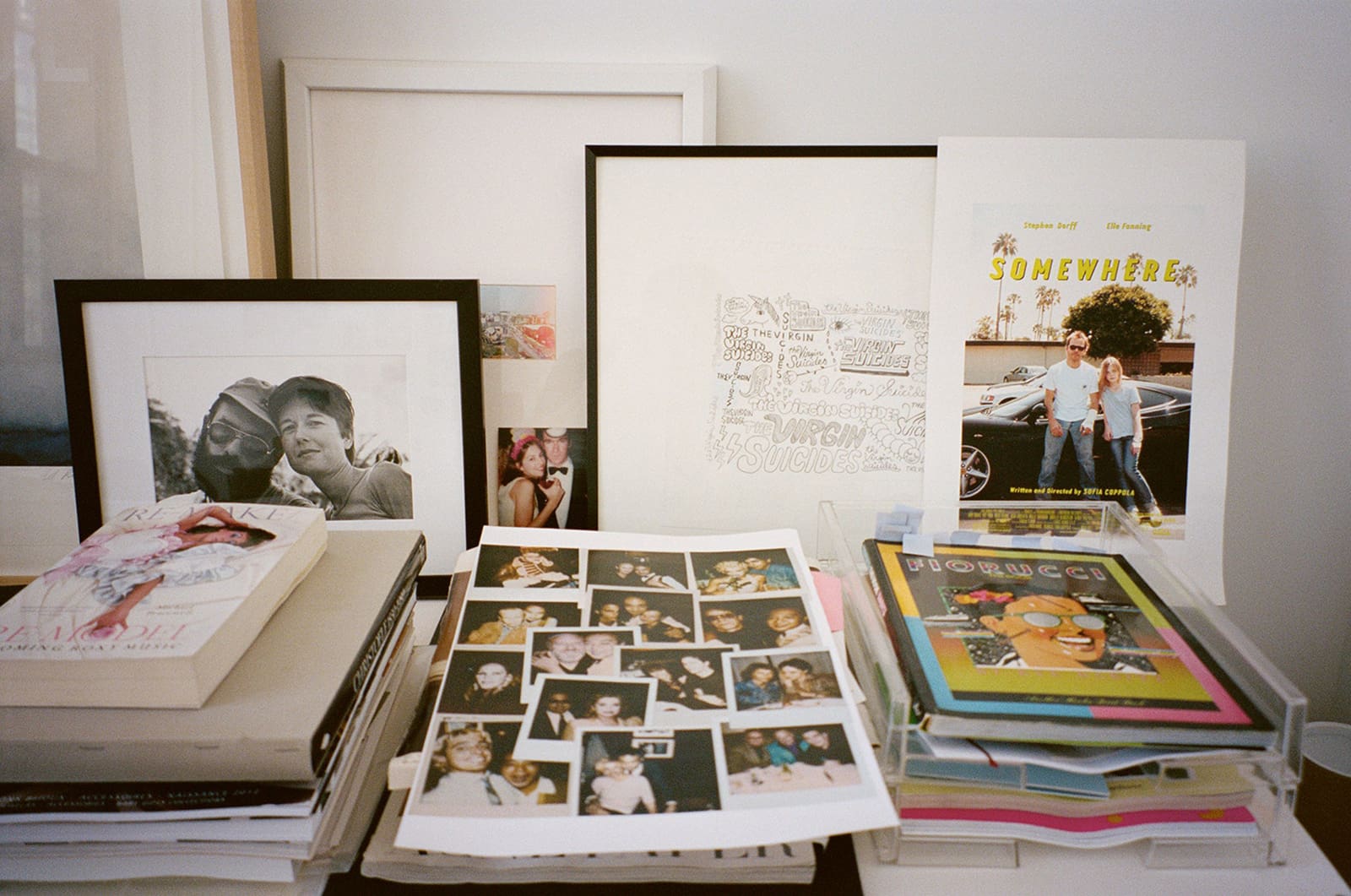
When the COVID-19 pandemic shut the world down in 2020, however, Coppola used her downtime to sift through the “dozen or so” boxes stacked inside her family home in Napa, California. What once seemed like pieces of “junk”—a poster from the Sundance premiere of The Virgin Suicides, a marked-up copy of the Vanity Fair article that inspired The Bling Ring—suddenly held more nostalgic value.
“I stepped back and realized, oh wow, I guess I have a body of work now,” Coppola says. “I realized that if I was into a particular filmmaker, I would be interested in seeing all of those behind-the-scenes tidbits.”

Available for pre-order now, Sofia Coppola Archive: 1999-2023 will be released in a limited print run this September. Constructed entirely from her personal archives and ephemera, the art book offers a detailed visual account of Coppola’s entire career, from shots of Kirsten Dunst on the set of The Virgin Suicides to an extensive first look at her forthcoming Priscilla Presley biopic. The 488-page tome is a treasure trove for anyone with even a passing interest in the filmmaker’s work, featuring hundreds of never-before-seen photographs shot by Coppola and her collaborators over the years.
“I wanted it to feel more like a scrapbook than a coffee table book,” she says. “I love to see artists in their creative spaces, so for me this book is like the closest version of visiting my office and seeing all the stuff piled up around my desk.”
With her first book and eighth feature film each due later this year, Coppola called up Vogue for an exclusive chat about what we can expect from both.
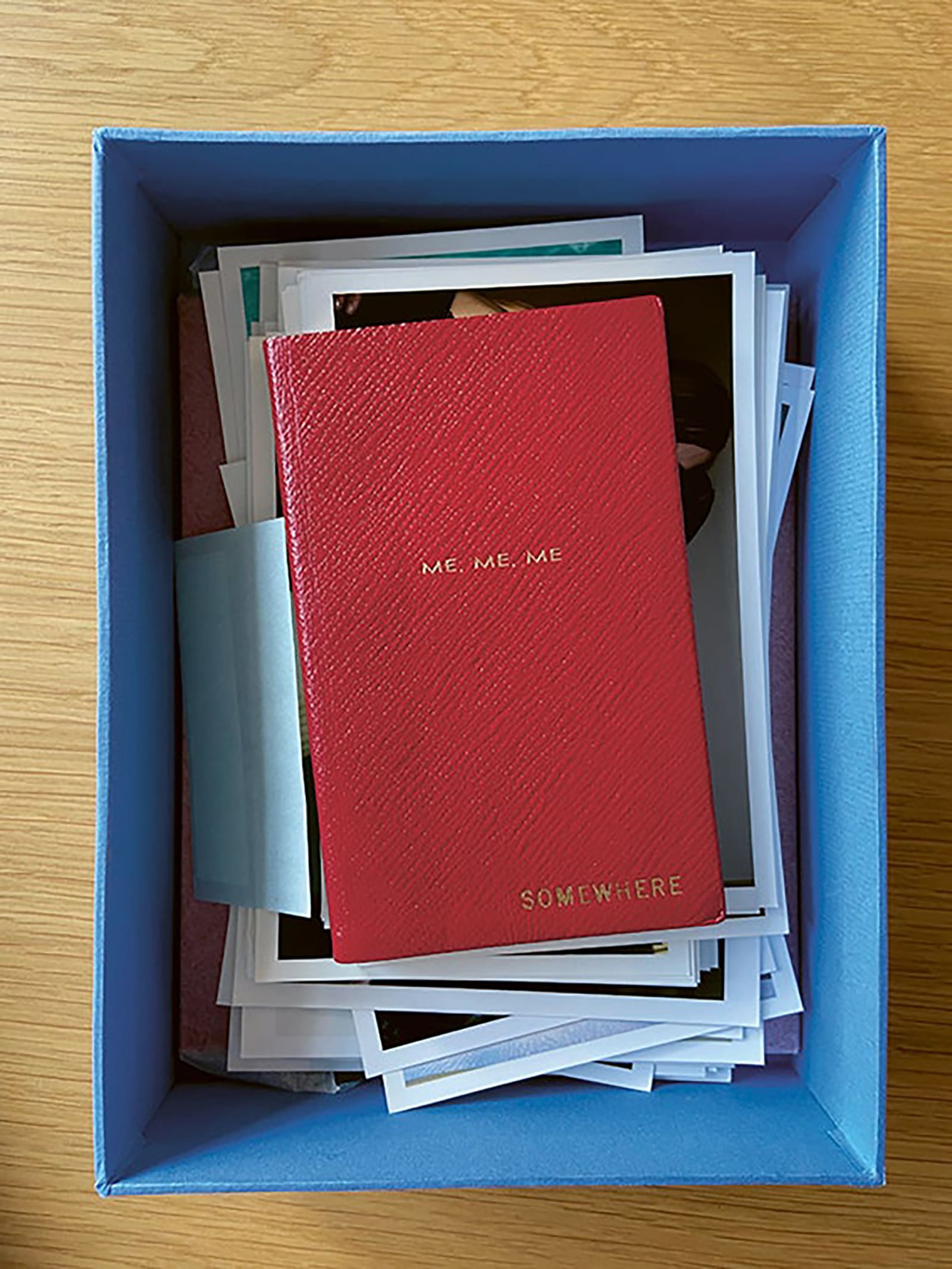
Vogue: There’ve been several coffee table books published about your work over the years, but Archive is the first one you’ve authored. I imagine you’ve probably been approached by publishers before, so why now?
Sofia Coppola: I had been approached before, but I just never really thought about doing one. I’ve always been so focused on making my movies because it’s such a fight to get each one made. But I was sort of living in a bubble during the pandemic and finally had the time to look through my archives. Now that I’ve made a bunch of movies I finally felt like enough time had passed for me to look back and reflect on them.
What were the types of things you found that made you excited about the prospect of turning them into a book?
Corinne Day took so many amazing photos on the set of The Virgin Suicides and I had always wanted to do something with them. I thought about making them into their own book or staging an exhibit but just never got around to it. Corinne’s negatives had been lost for something like 20 years but I ended up finding those in my boxes. There were also so many stacks of Japanese one-hour photo envelopes from all the pictures I took while making Lost in Translation. I really thought a lot of that stuff was lost forever because I’m so disorganized.
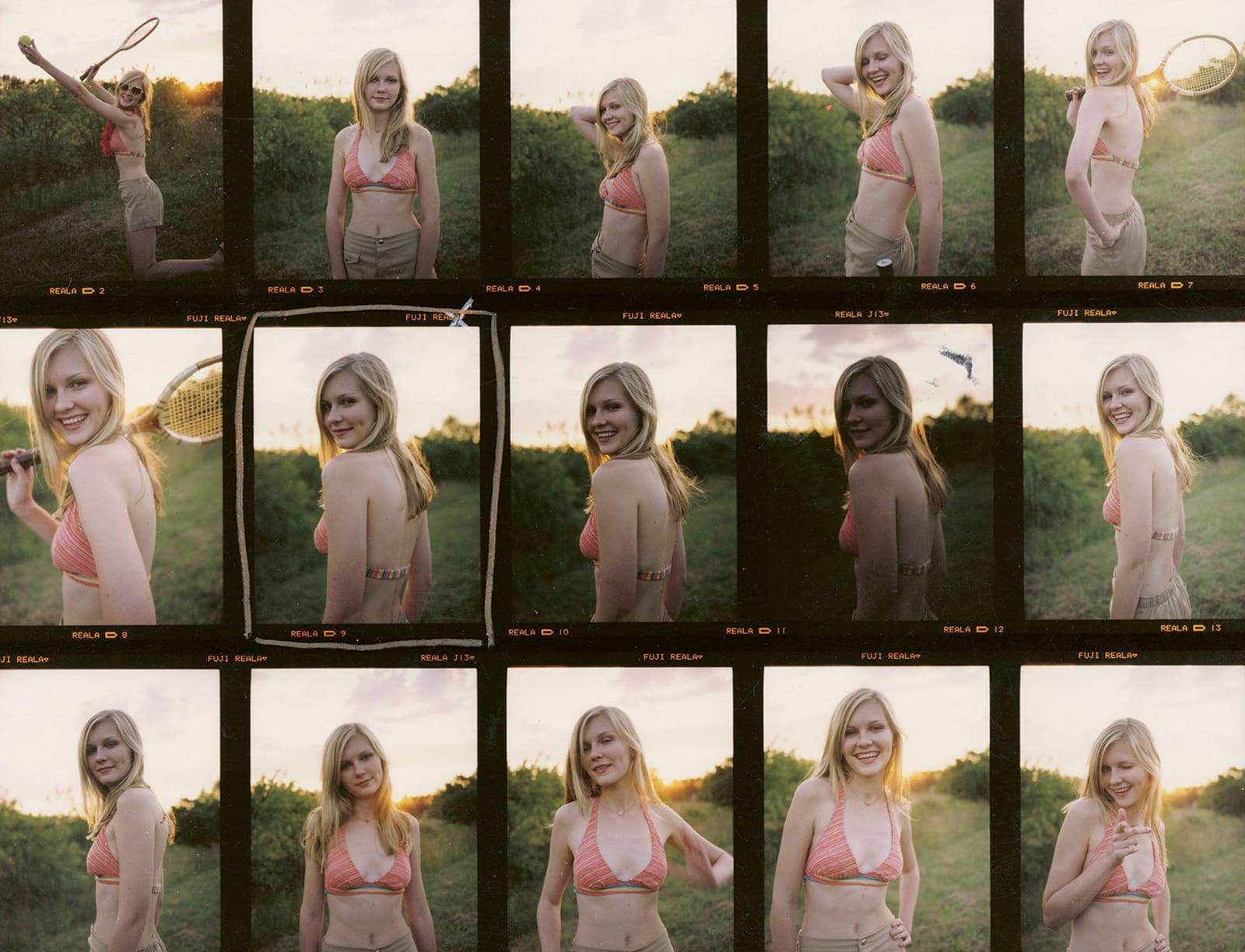
Was it common for filmmakers at that time to invite fashion photographers on set?
I’m just a photography fan, so I thought it was worth inviting people whose work I loved to come take pictures. I knew we’d need photos for the poster and press stills at some point, so I wanted to get in the habit of inviting people like Corinne on set to document everything while I was still developing my own point of view. I was such a fan of her work for The Face and so happy when she agreed to come visit. I still don’t know how we pulled that off because we made The Virgin Suicides for $2.
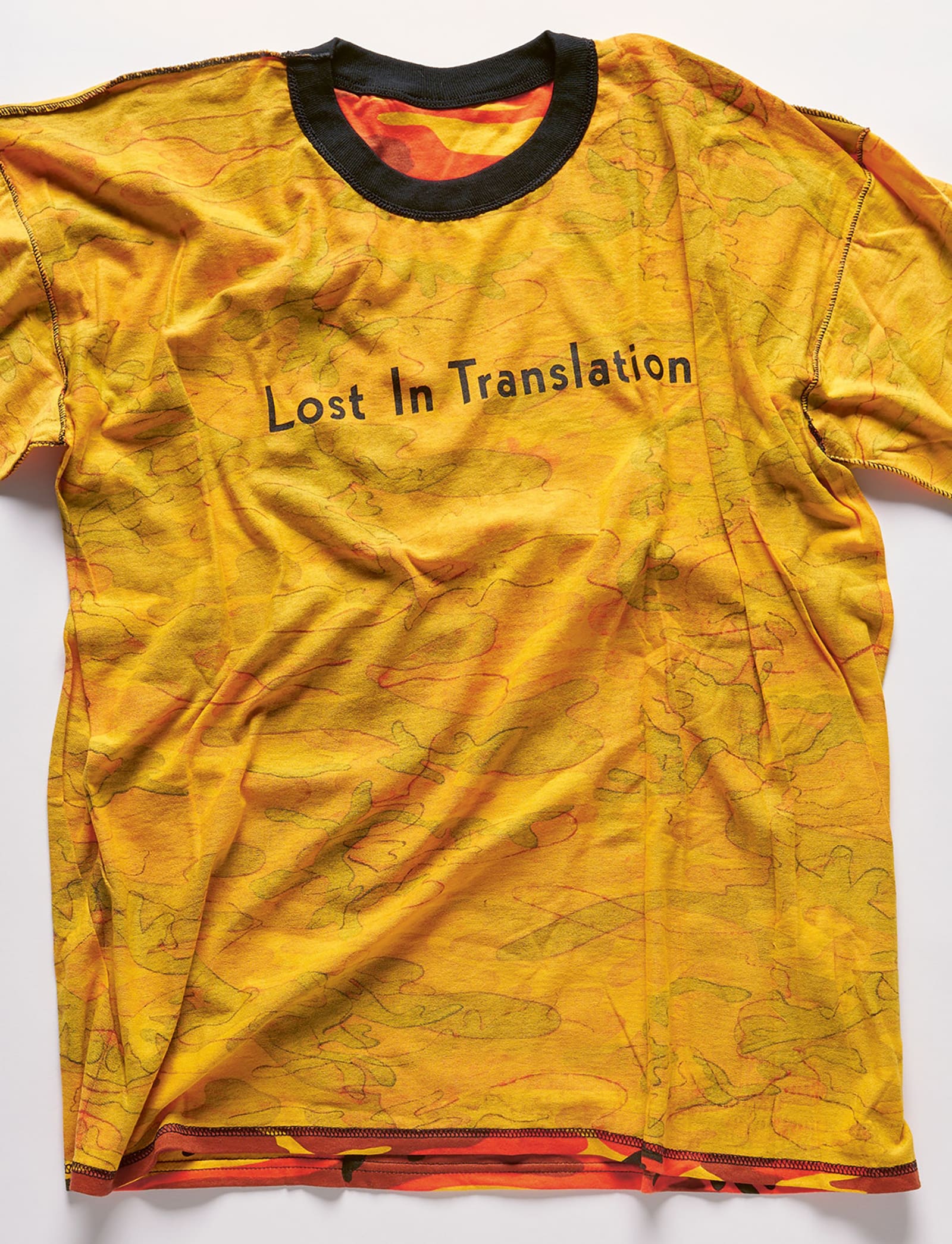
Was it an emotional experience sorting through all the memories in those boxes?
Everything came flooding back. So much goes into making a movie that you kinda forget how hard it is to get them made. It’s sort of embarrassing to read stuff like my letters to Lady Antonia Fraser asking for the rights to her book [Marie Antoinette: The Journey]. I spent a year trying to track down Bill Murray [for Lost in Translation] and wrote him so many letters saying “I’m not gonna make the movie if you don’t do it!” I was so desperate, so it’s funny to kinda be nostalgic for those times now.
Did you have a favorite section of the book to assemble?
That’s hard, but Marie Antoinette is so visual and I took so many pictures of Kirsten [Dunst] and Jason [Schwartzman] on set. It was also really fun to revisit The Bling Ring because we spent so much time in Paris Hilton’s closet.
Those photos are basically their own chapter in the book! I counted at least two dozen pages showing off her home and closet.
I couldn’t help myself. It was such a surreal experience to go from Versailles to Paris Hilton’s closet. She moved out and let us totally take over her home. There wasn’t even a supervisor keeping an eye on us, Paris just gave me the keys and let us explore. The kids got to sneak around her house just like they do in the movie.
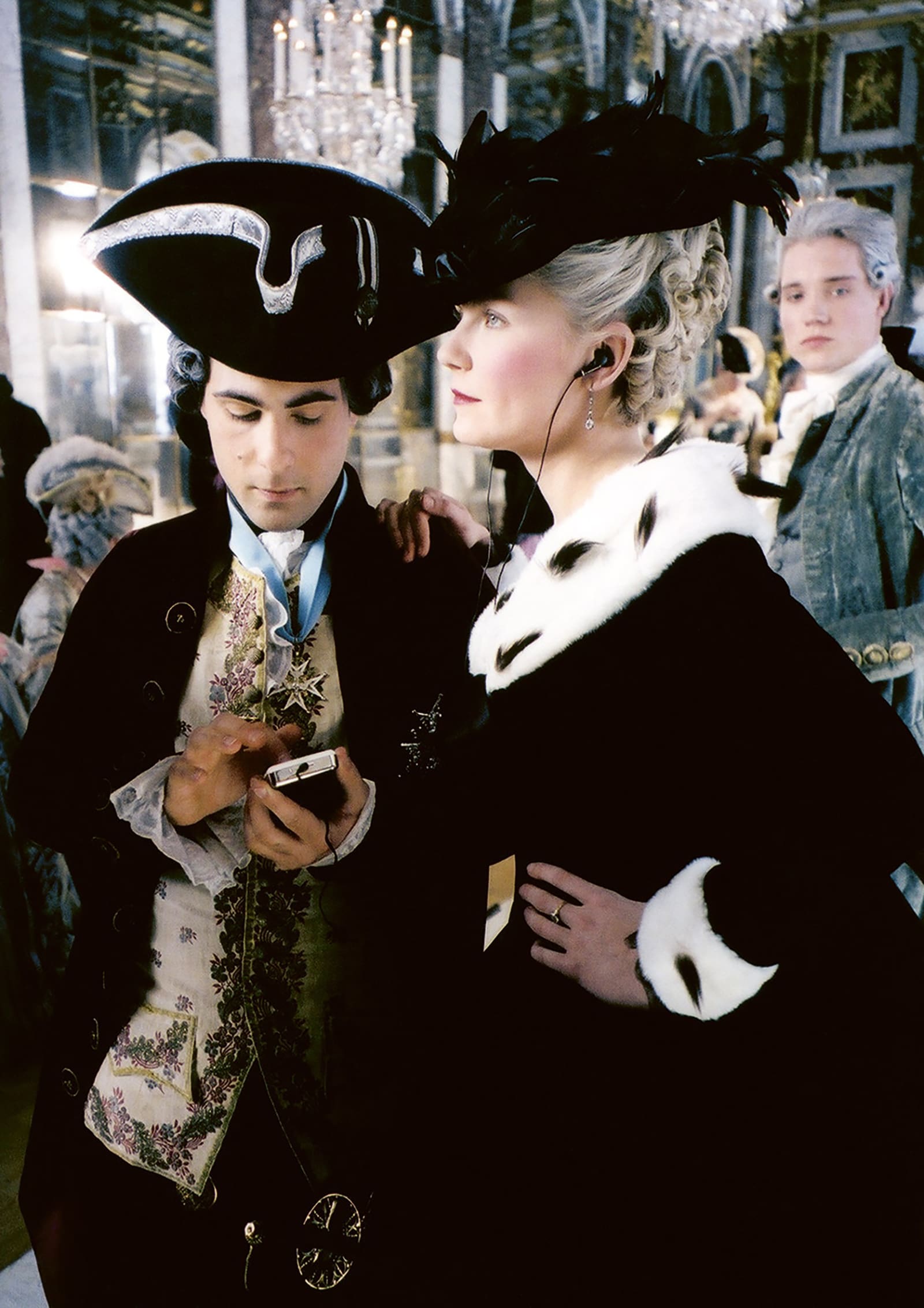

Do you have a preferred camera that most of the images in the book were shot on?
The Bling Ring had fewer boxes than the other movies because I shot all of it on digital. But I have a Contax T3 camera that I typically use. I love it, and I’ve been using Kodak Portra film forever, so I really hope they keep making it.
Aside from all of the set photography, the best part of the book is seeing all of your different visual references for each film—the photos of young Brooke Shields for The Virgin Suicides, the John Galliano photoshoots for Marie Antoinette. What can you tell me about your process going into each film in terms of sourcing visual inspiration?
Back on The Virgin Suicides it was always magazines, because I had a big bulletin board where I would just pin anything that caught my eye. I always put an image book together that I would give to the cast and crew when I submitted the script. I was told it was unprofessional to put images into your script because they had to be very cut-and-dry. But I think it’s important for everyone from the actors to the cinematographer to the costume designer to all have the same visual references. It keeps us all on the same page.
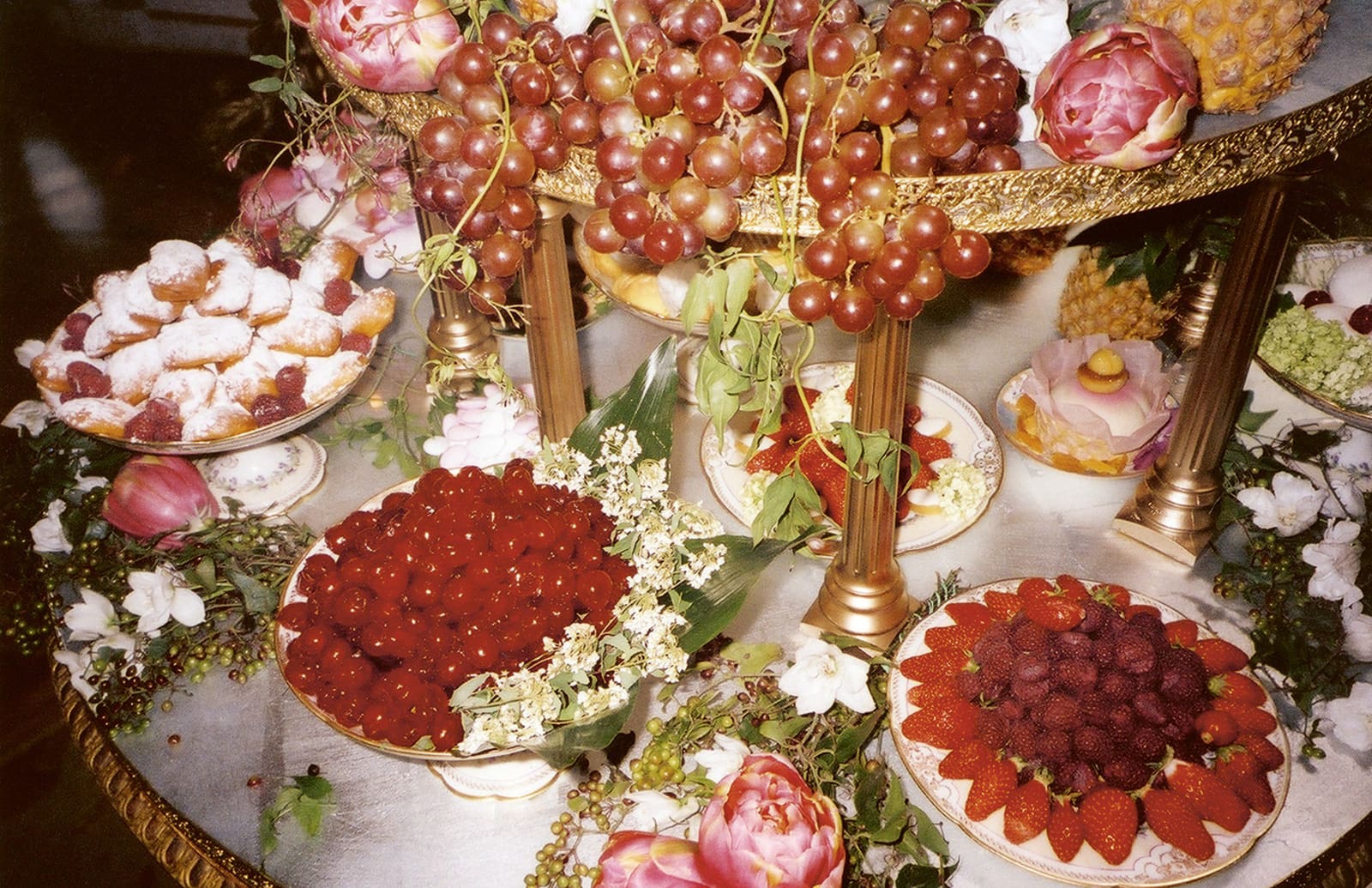
Did reflecting on your career so intimately for this book make you view your work any differently?
When I was shooting Priscilla there were a lot of moments that reminded me of other movies I’d made. It sort of felt like a culmination of my other work and a real full-circle moment. There were a few moments where I thought, Oh God, am I just repeating myself? Is this too much like Marie Antoinette? But I’m self-aware enough to be okay with that now. Identity and the concept of a “trophy wife” have always been interesting to me, and Priscilla let me explore those in a new setting.
Last time we spoke I believe you described the film as “Marie Antoinette at Graceland.”
It’s very much a story about Priscilla becoming who she is and figuring out her own sense of womanhood. She easily could’ve stayed in the role of Mrs. Elvis Presley, but she chose to find her own way. She experienced so many of the same things every young woman does but in such a grand environment—similar to Marie.
What is it about those themes of young womanhood and teendom that you continue to find so compelling at this point in your career?
It’s such a transformative time in a young woman’s life, where you’re confronted with the idea of forming an identity and figuring out the type of person you want to be. Priscilla’s story is so relatable even though it’s also so unusual. I never want to be repetitive, but I think the concept of identity will always fascinate me. The teenage experience was never represented very authentically when I was that age, so I’m still drawn to capturing that period of time in new shades.
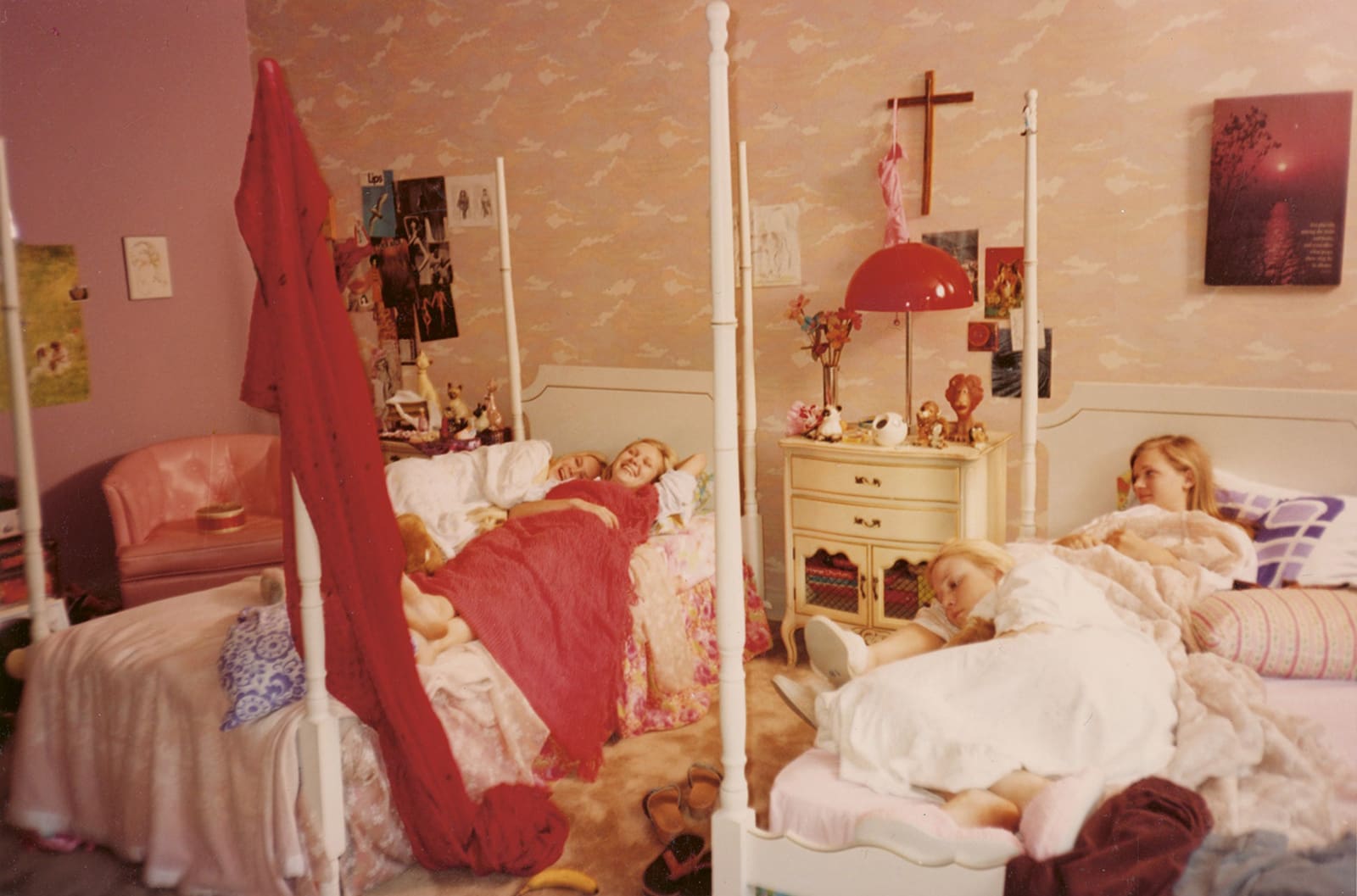
How does being a mother to your own teen inform the way you approach that type of material now?
It’s wild to go from working with teenage girls to living with them. You’re so honest and in touch with your feelings at that age, and now instead of experiencing it I’m seeing it firsthand with my 16-year-old. I’ll walk by her room and there’ll be records and perfume bottles splayed everywhere like set dressing from The Virgin Suicides. I’m totally in my element.
You mention in the book that Priscilla reignited your love of photography after not taking as many pictures on the sets of The Beguiled and On the Rocks. What about the film made you excited to pick up a camera again?
I was taking pictures of my kids when they were little, but outside of that I wasn’t really shooting much. I had sorta put my camera down because life and other things kept me busy. But when we started shooting Priscilla the visuals were so beautiful that I had to start bringing my camera to set. Jacob Elordi is a really great photographer so he was always taking photos on his Leica. I ended up asking him if I could use some of them in my book.
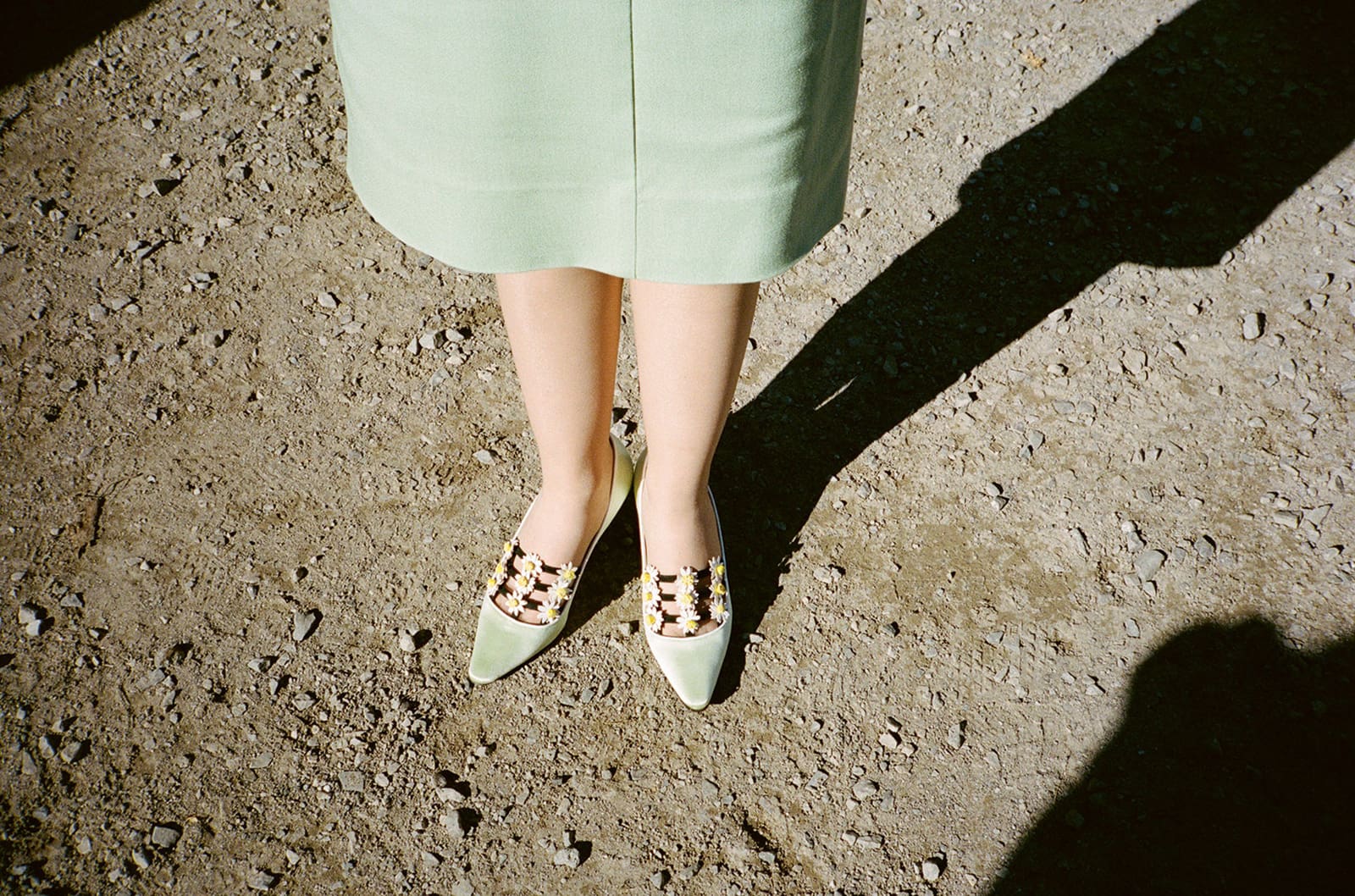
Even without seeing the film, the Priscilla chapter of the book looks so at home alongside your other films. There were so many close-ups of the set dressing in Priscilla’s room that look straight out of The Virgin Suicides.
I’m really excited for everyone to see the film and the book. It was so much fun to take pictures on set of Cailee [Spaeny]’s hair and costumes and make-up on Priscilla. There was so much to look at and it really helped me rediscover the joy of taking photos again.
Did you exhaust most of your archives with this book, or is there enough left over for a second volume?
I would say this is the best-edited version of my archives. I feel like I’ll have to make a lot more films before I even think about making another book. It’s hard to look at my boxes of junk and decide what might be interesting to someone else. I can only hope it’s fun for people who like these movies to see all of the little pieces that went into making them.
This article was originally published on Vogue.com
